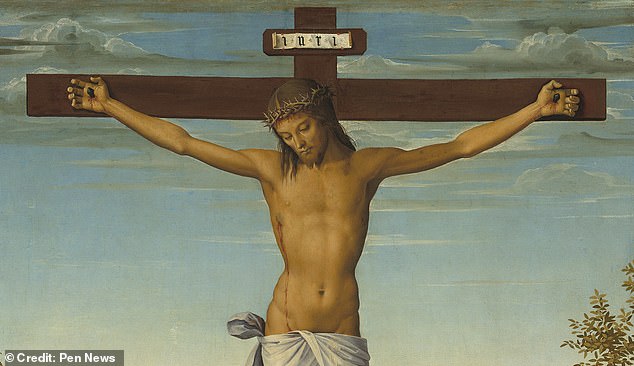
Easter: Exploring Theories Behind Jesus’ Empty Tomb
(Approx. 600 words)
[Image: A sealed ancient tomb with a large stone entrance, illustrating Biblical accounts.]
For Christians, Easter commemorates Jesus’ crucifixion and resurrection. The narrative holds that Jesus died on the cross, was buried, and rose three days later, leaving His tomb empty. While this story is central to Christian faith, some theories propose natural explanations for the missing body.
The Earthquake Theory
[Image: Geological layers near the Dead Sea, showing seismic activity evidence.]
The Gospel of Matthew recounts earthquakes occurring during Jesus’ death and resurrection. Some argue seismic activity could have dislodged the tomb’s stone. Geologists studying Dead Sea sediment identified a minor earthquake between 26–36 AD, aligning with Jesus’ crucifixion. Professor Lawrence Mykytiuk (Purdue University) notes this fits the Biblical timeline but questions whether it explains bodily disappearance. While intriguing, skeptics argue the earthquake alone doesn’t resolve the resurrection mystery.
The Stolen Body Theory
[Image: Leonardo da Vinci’s The Last Supper, highlighting disciples.]
Another theory claims Jesus’ followers stole His body to fabricate resurrection. The Gospel of Matthew even mentions Roman guards stationed at the tomb to prevent tampering. However, Professor Mykytiuk dismisses this idea: Disciples, grief-stricken and unprepared, couldn’t outmatch Roman soldiers. Historical records also highlight their initial disbelief in resurrection, making a coordinated theft implausible. The Bible itself attributes this rumor to Jesus’ opponents, underscoring its fragility as an explanation.
The Swoon Theory
[Image: Crucifixion reenactment, depicting Jesus on the cross.]
The most radical hypothesis suggests Jesus survived crucifixion. “Swoon theory” proponents argue He fainted, revived in the tomb, and escaped. They cite Flavius Josephus, a historian who documented a crucifixion survivor. Some speculate Jesus’ “dive reflex” (slowed heart rate during trauma) allowed Him to appear dead. Geologist Leonard Irwin Eisenberg and researcher Douglas Keenan propose this theory, claiming Jesus recovered post-crucifixion.
[Image: A heel bone pierced by a nail, evidence of ancient crucifixion.]
Why Swoon Theory Fails
Medical experts universally reject this idea. Dr. Thomas McGovern explains crucifixion victims died from asphyxiation, blood loss, or organ failure. Even if Jesus avoided suffocation, Roman soldiers ensured death by spear-stabbing His side. Professor Gary Habermas emphasizes that the “blood and water” described in the Gospels likely signifies fatal pleural effusion and heart trauma.
Additionally, survivors would be unrecognizable. Professor Michael Licona (Houston Christian University) notes a severely wounded Jesus couldn’t inspire resurrection faith: “Alive? Yes. Risen? Not a chance.”
Conclusion
[Image: Artistic depiction of the resurrection, symbolizing Christian belief.]
While theories like earthquakes, theft, or survival attempt to naturalize the empty tomb, experts widely reject them due to historical, medical, and textual inconsistencies. The resurrection remains a cornerstone of Christian faith, with scholars affirming Roman execution practices made survival impossible. As Easter underscores, believers view the empty tomb not as a puzzle but as a divine miracle.
(Suggested images: Include 4–5 relevant visuals, such as historical tombs, geological evidence, artistic crucifixion scenes, and medical diagrams of crucifixion wounds. Captions should contextualize each image’s relevance to the theories discussed.)


